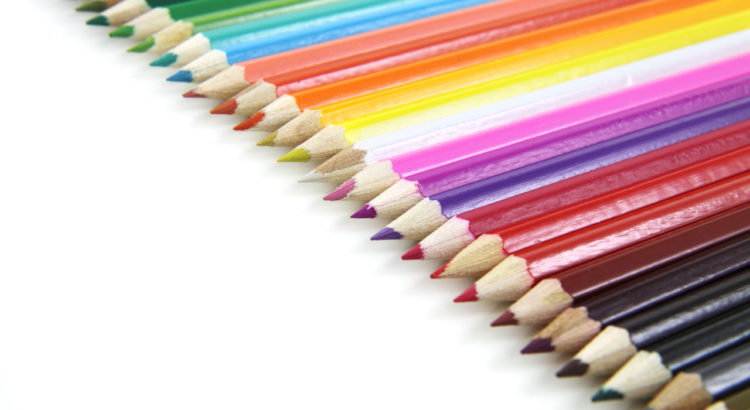Your body reminds me of one of those statues, like that of a Greek goddess
Your words invoked tears and a gentle smile
I don’t know if you knew it then or even now
But that’s one of the best things someone has said to me
I made a promise to love myself
When I look at my body in the mirror
With its curves and flab and indented ridges of stretched skin
My frown dissipates
My body is like that of a Greek goddess
I wrote this poem during a time in which I felt particularly insecure about my body. As I said in a previous post, I’m new to this whole poetry thing, but I feel as though this poem—or at least this attempt at one—was the best means of expressing how I felt at the time. I know I’m not supposed to have to explain what a poem means, but I think it deals with an important subject of people’s ever-increasing worries about their “quarantine bodies.”
It’s no secret that many people go through times when they grapple with body-image issues. It seems like we more often receive negative feedback than positive, and dealing with insecurities about one’s body can be a struggle. When confronting these issues, you can look at the comparison of a woman’s body to that of Aphrodite. Now, Aphrodite is the Greek Olympian goddess of love, beauty, sexual pleasure, and fertility. Many stories portray her as the epitome of female beauty, and it has been said that men can’t help but fall in love with her.
While Aphrodite is said to be infinitely enchanting and desirable, she is also depicted as human-like in many physical renderings. She has beauty, but she also has flaws. This doesn’t mean you have to look identical to Aphrodite’s statue to be beautiful, but rather contributes to an understanding of respect. If the body a statue represents is respected, why can’t yours be? What is it about Aphrodite’s curves and rolls that are impossibly different from yours?
Perspective matters, as does artistic expression. Rather than idealizing the images shown in social media and advertising, which often inundate us with objectified or altered depictions of the human body, turn to art. Art doesn’t exclusively characterize the human body as a product. It represents a variety of body types that have been embraced throughout different cultures and different times. Art is also vulnerable to different interpretations. There is no one, singular perfect piece of art that all other artwork is meant to emulate. Similarly, idolizing one set body type diminishes the natural beauty that resides in each unique body. Statues that depict Greek gods and goddesses are works of art and so are human bodies.







